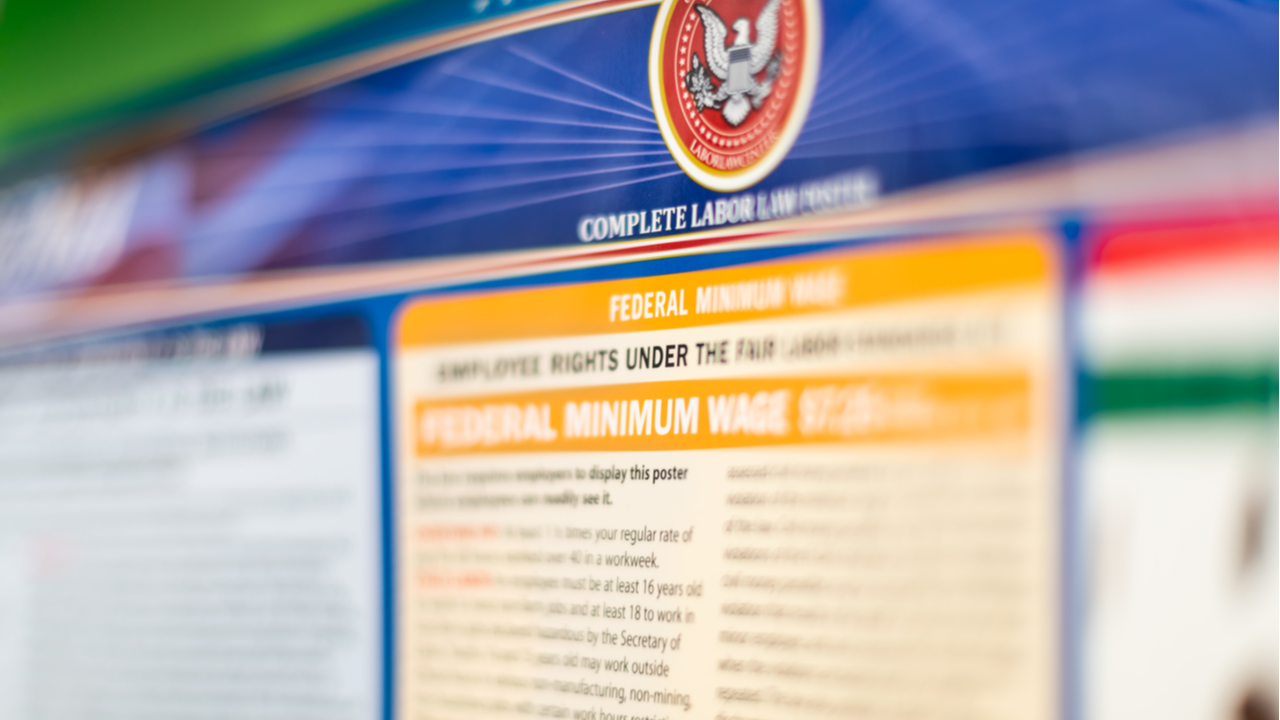Businesses, regardless of their size, have to consider the best payroll period for their company and their employees. The U.S. has state laws that mandate a minimum pay period. In Nevada, employers must pay their employees semi-monthly or monthly. To choose the best payroll period for your Las Vegas business, it is important first to understand each type of pay period.
For your Las Vegas business, you can only choose between semi-monthly and monthly payment schedules. Here are the advantages and disadvantages of both payroll types:
How Semi-Monthly Pay Period Works
A semi-monthly pay period covers twice a month payrolls, usually on the 1st and 16th or every 15th and 30th of the month. In a year, an employer must run 24 payments. This method of payment schedule is usually for salaried workers. The payroll process runs only two times a month or 24 times per year.
Advantages of Semi-Monthly Pay Period
Easier Management of Payroll Costs. Semi-monthly payment allows businesses to predict potential payroll costs by simply dividing the salaries by 24 payroll runs.
Fixed Schedule of Paychecks. Employees can expect to get their salary on the same day of the month. This fixed schedule allows them to budget their payables efficiently.
Fixed Paycheck Amount. Salaried employees can also budget their finances better if they know how much they are expecting each month.
Easier Computations for Deductions. The HR and Accounting departments will have an easier time to compute voluntary deductions and other benefits.
Disadvantages of Semi-Monthly Pay Periods
Labor-intensive. Data entry and calculations will be time-consuming and labor-intensive for businesses that employ hourly non-exempt workers with overtime.
Pay Cycles Not Aligning with Work Schedule. Since payroll schedule may fall on the 1st and 16th or the 15th and 30th of the month, some pay schedules may fall during non-working days.
Paying Early. If the pay cycle falls on a weekend, employers must pay their employees on an earlier business day.
Who Benefits from Semi-Monthly Pay?
Most small businesses that employ salaried-exempt employees benefit from semi-monthly payments schemes. These employers do not have to track overtime, and they can simply divide the annual salary into 24 pay schedules. Employees also benefit from this pay schedule since they do not have at the end of the month to receive their pay.
This method of payment schedule is standard in businesses that operate finance, IT, and professional service workers. However, enterprises dealing with construction, retail, and restaurant industries.
How Monthly Pay Period Works
A monthly pay period is the least common of all pay periods. In many states where it is allowed, they are not widely practiced and are often limited to highly compensated employees such as managers and executives. This pay period collects the total of hours worked from the previous month, and then pay the workers in the next month. Like semi-monthly pay periods, the schedule is the same every month.
Advantages of Monthly Pay Periods
Simpler Management. Employers can easily manage their finances in terms of tax payments. Due to this, there is a lesser chance of not having the funds needed for tax payments when they are due. It also helps employers calculate tax dues and prepare various payroll tax reports.
Fewer Payroll Cycles. Compared with semi-monthly that has 24 payroll runs, monthly pay periods only have 12 payroll schedules.
Cost-Efficient. In relation with fewer payroll cycles, employers can save money by having only 12 payroll runs in a year. Some payroll software charges the employers with processing fees for each payroll run.
Easier Prediction of Monthly Payroll Costs. Salaried-exempt employees receive assured pay every cycle. The amount they will receive monthly does not change as opposed to hourly employees whose salaries depend on the hours worked. Employers can then make projections on the payroll costs they have to shoulder monthly.
More Perks for Employees. Hourly employees can only receive payments if they work for it unless they use their leaves for it. Salaried employees, on the other hand, will still receive full payment even if they take a half-day off from work. Since most salaried workers have high positions in the company, they also get more access to competitive bonuses and benefits from the company.
Overtime Pay. Most high salary individuals are salaried-exempt and do not qualify for overtime pay. Employers can require employees to work longer hours without the need to pay additional compensation.
Disadvantages of Monthly Pay Periods
Long Wait Time for Paychecks. Frequently, long paycheck wait creates a financial strain for employees who have bills to pay.
Who Benefits from Monthly Pay?
Monthly pay periods are best for businesses that employ freelance or contract workers, and ideal for executives within the company. It is also best for small companies that have salaried workers exempt from overtime work. Business owners rarely practice monthly payrolls because they often find it hard to recruit employees who will be willing to receive once a month payment for their work. Big companies with high-earning employees are the ones who commonly follow a monthly pay period.
Final Word
In general, semi-monthly pay periods are best for small businesses depending on the organization and necessary tax payments. Monthly payments are less common than semi-monthly because it is more disadvantageous for most employees.
Choosing the best payroll period for your Las Vegas business depends on your goals and financial capabilities as a company. Both semi-monthly and monthly payment schemes have advantages and disadvantages for business owners and employees.
Whichever pay schedule you choose, it is essential to take into consideration the capacity of the businesses and the convenience of employees.




